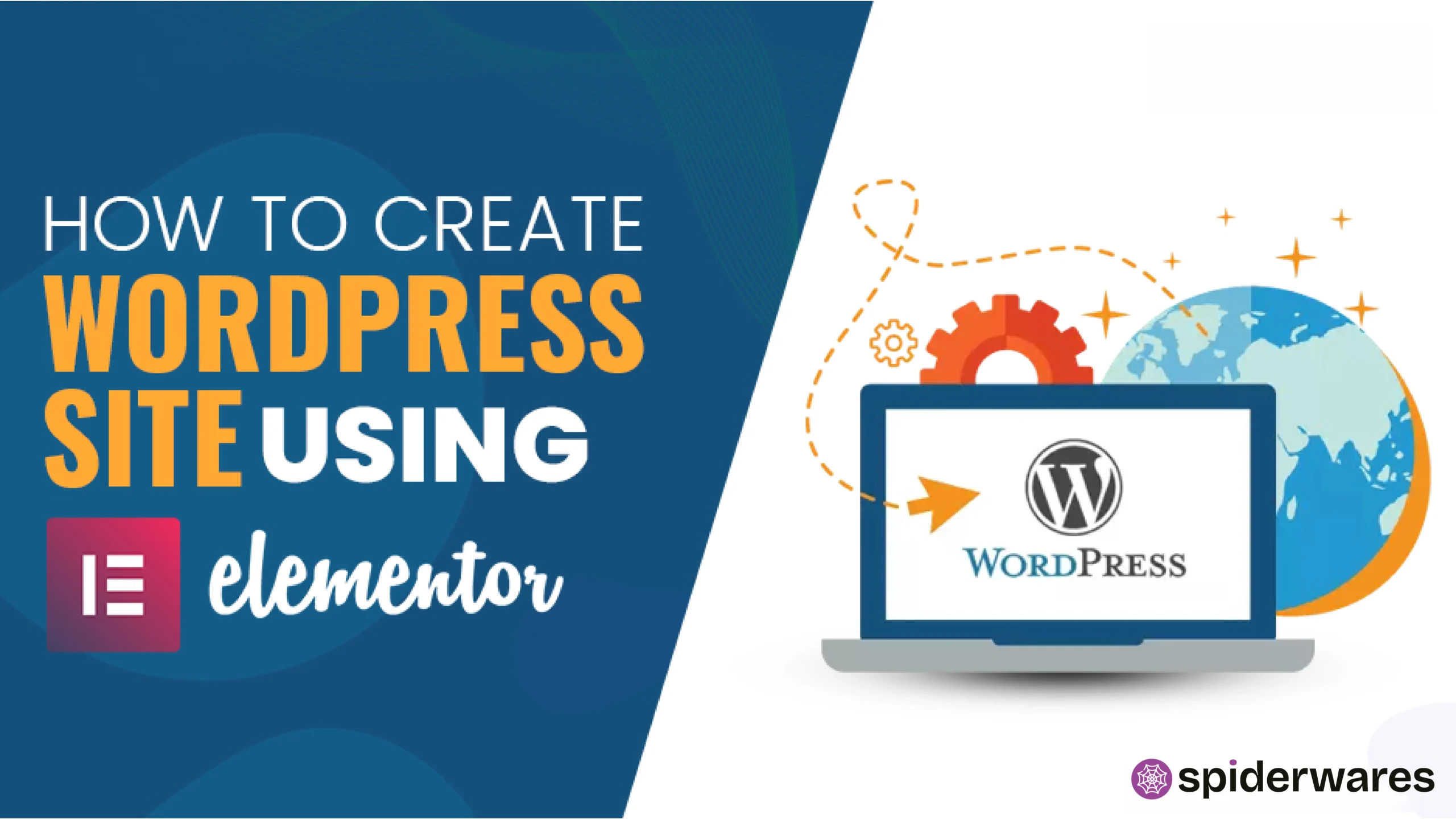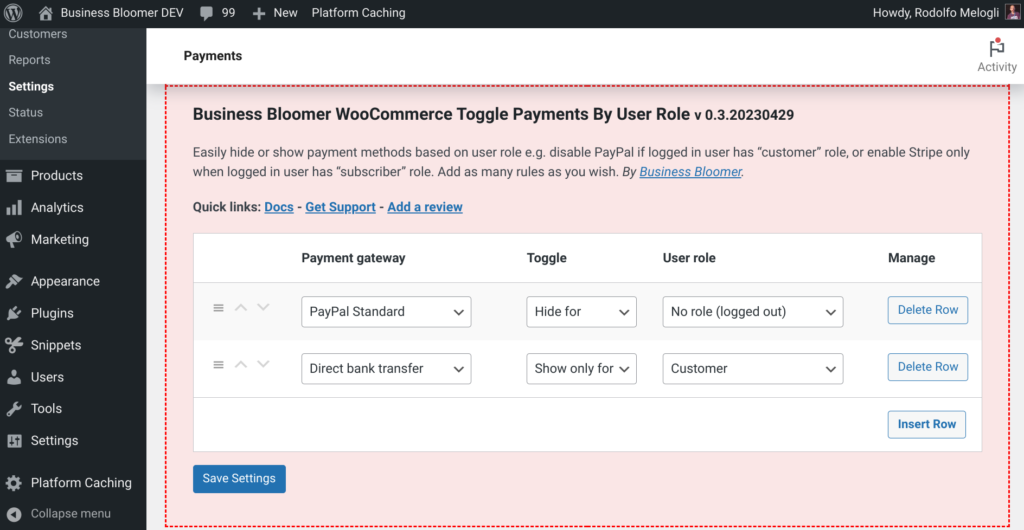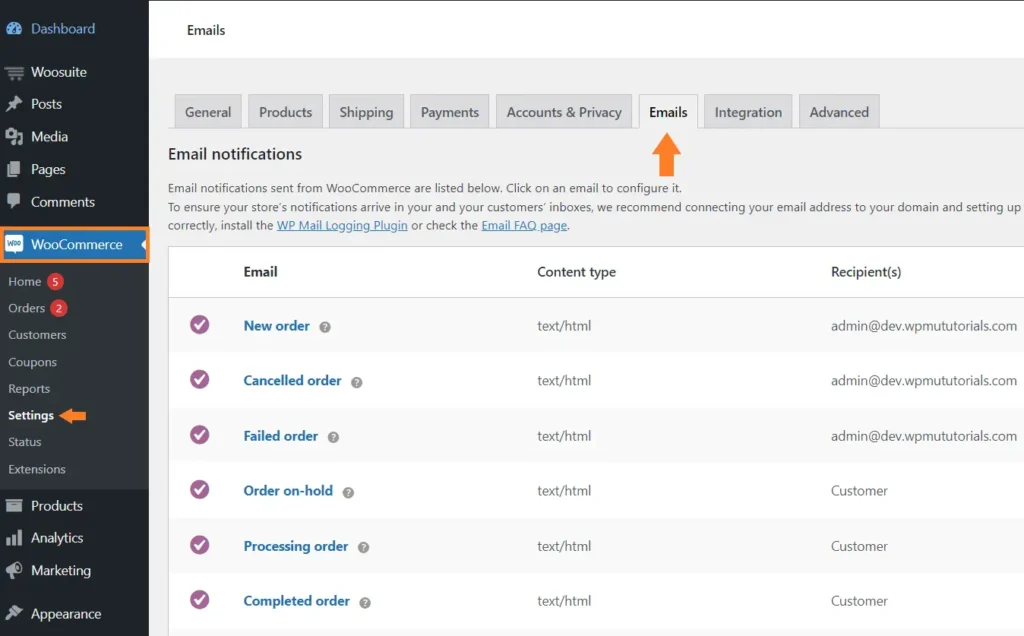Building a website in 2025 no longer requires coding skills. With Elementor, the most popular WordPress page builder, you can create stunning, professional websites with a simple drag-and-drop interface.
In this guide, we’ll walk you through how to build a WordPress website using Elementor from setting up your hosting to publishing your first page. Perfect for beginners, freelancers, and small business owners.
What You Need to Get Started
Before diving into Elementor, make sure you have:
- A domain name (e.g.,
yourbusiness.com) - A WordPress hosting plan (e.g., Hostinger, SiteGround, Bluehost)
- WordPress installed on your hosting
- Elementor plugin installed and activated
Pro Tip: Use the Hello Elementor theme for the fastest, cleanest experience.
Step 1: Install Elementor Plugin
- Go to your WordPress dashboard
- Navigate to Plugins > Add New
- Search for Elementor Website Builder
- Click Install → then Activate
You can upgrade to Elementor Pro later for advanced features like Theme Builder, Forms, and WooCommerce integration.
Step 2: Choose or Create a Page Template
Once Elementor is active:
- Go to Pages > Add New
- Click Edit with Elementor
- Choose from:
- Blank canvas layout (for full design control)
- Pre-made Elementor Templates
- Import from Envato Elements or Template Kits
Start with a Home, About, and Contact page for a basic site.
Step 3: Design Pages with Elementor Widgets
Elementor gives you a toolbox of widgets to drag and drop:
| Widget | Use Case |
|---|---|
| Heading | Titles, slogans |
| Text Editor | Paragraphs, blurbs |
| Image | Showcase photos or logos |
| Button | Call-to-actions |
| Icon Box | Features and services |
| Video | Embed YouTube or self-hosted videos |
Common Sections to Include:
- Hero banner with headline and CTA
- About section with image + text
- Service columns (Icon Boxes)
- Testimonials (Slides or Carousel)
- Contact form (Pro or via plugin)
Step 4: Make Your Website Mobile Responsive
Click on the responsive mode icon to preview your site on:
- Mobile
- Tablet
- Desktop
Adjust font sizes, paddings, and hide/show elements per device.
Use VW units or Elementor’s built-in controls for fluid designs.
Step 5: Set Global Settings & Design System
- Set global colors and typography under Site Settings
- Define H1–H6 heading styles, button shapes, and spacing
- Use Theme Style to keep your site consistent
This saves time and maintains a clean design system across all pages.
Step 6: Create Header, Footer & Blog Templates (Pro)
With Elementor Pro, you can use Theme Builder:
- Create custom Header & Footer
- Build Single Blog Post layout
- Customize 404, Archive, and Search Result pages
Example Use:
Header Template → Display Across Entire Site
Single Post Template → For All Blog Posts
Step 7: Optimize for SEO
- Use an SEO plugin like Rank Math or Yoast SEO
- Set proper H1-H6 structure
- Compress images using TinyPNG or Smush
- Add alt text to images
- Use clean permalinks (
yourdomain.com/about)
Elementor is SEO-friendly by default, but performance plugins and proper markup help rankings.
Step 8: Install Essential Addons & Plugins
Enhance Elementor with powerful plugins:
- Elementor Pro – Theme Builder, Forms, WooCommerce
- Essential Addons for Elementor – More widgets
- Elementor Custom Skin – Custom blog layouts
- WooCommerce – For eCommerce websites
- WPForms / Fluent Forms – Contact forms
Bonus Tips for Elementor
- Use Flexbox Containers for modern layouts (lighter and faster than sections)
- Enable Optimized Asset Loading in Elementor settings
- Use Navigator and Copy-Paste Styles for faster editing
- Try Elementor AI (Pro) for smart content generation
Conclusion
With Elementor, building a beautiful, mobile-friendly WordPress website is easier than ever even in 2025. Whether you’re a beginner or business owner, Elementor gives you full control over design, layout, and functionality without touching a single line of code.
Start with a clear structure, use global design settings, and optimize for speed and SEO. With this guide, you’re ready to launch your first Elementor-powered WordPress website today.




